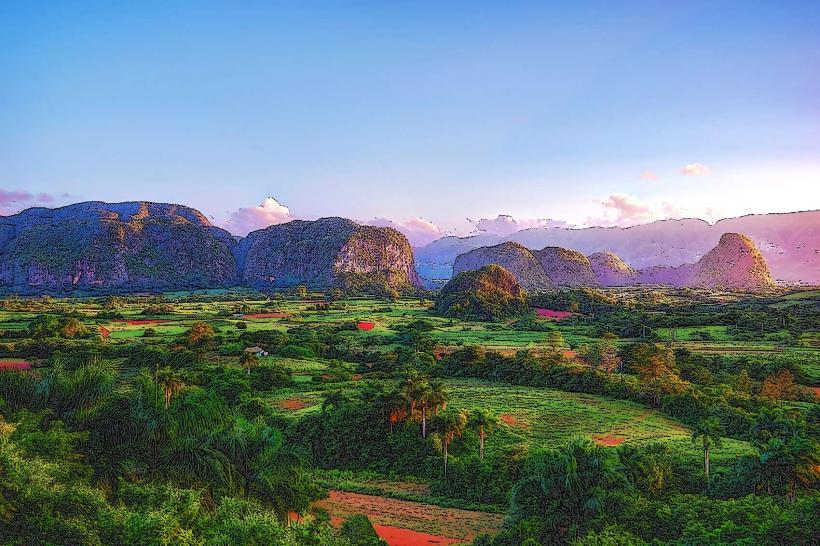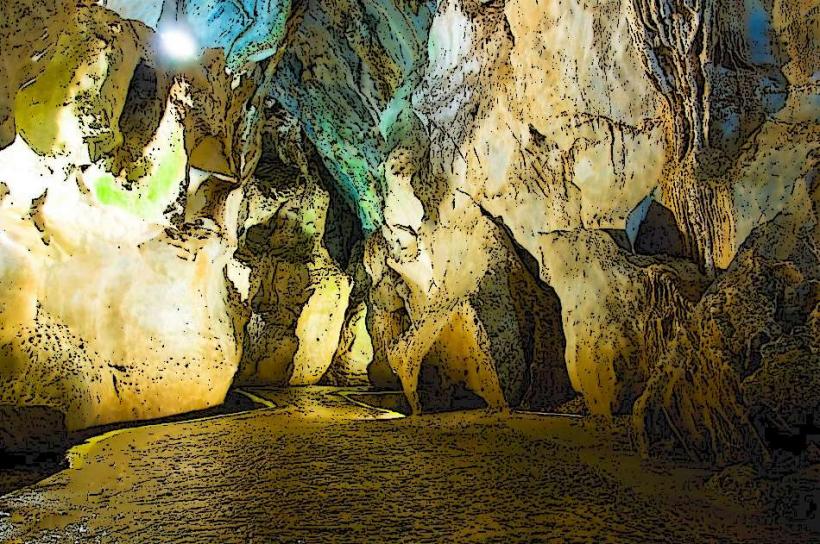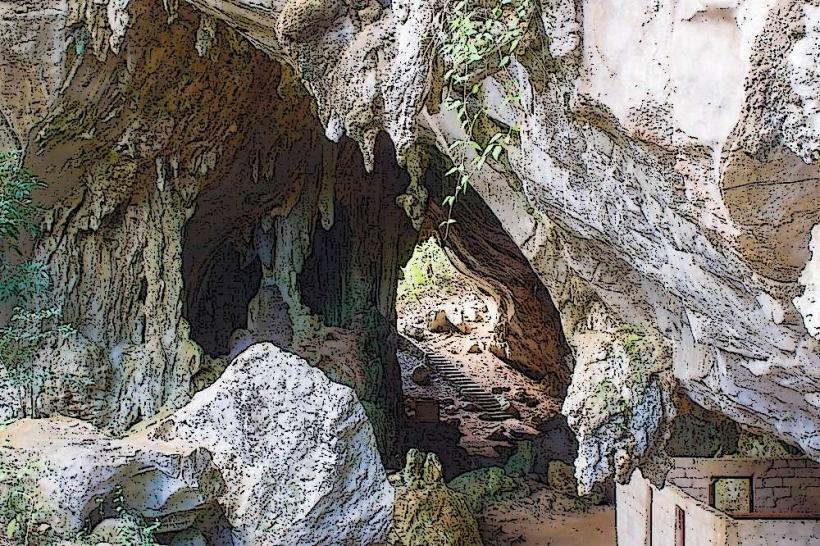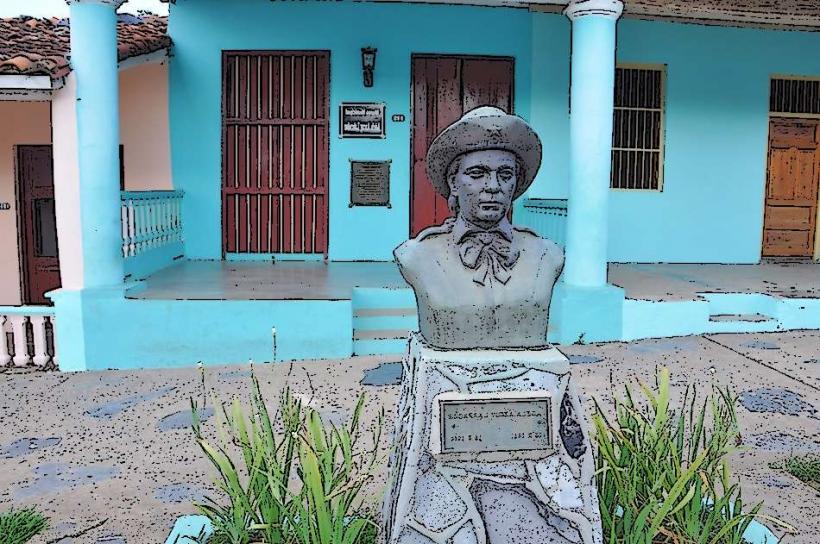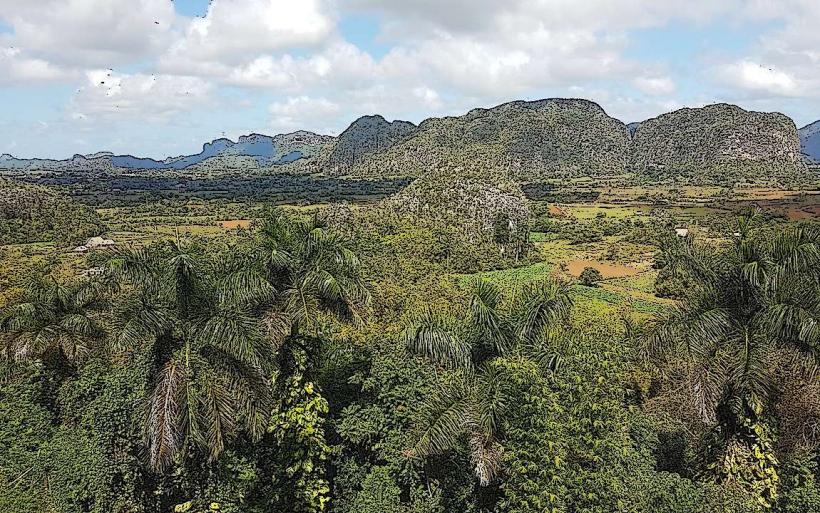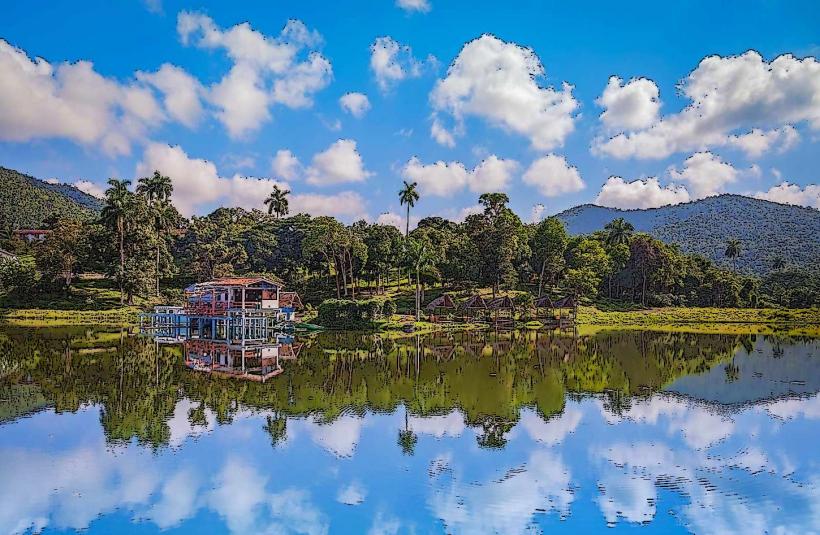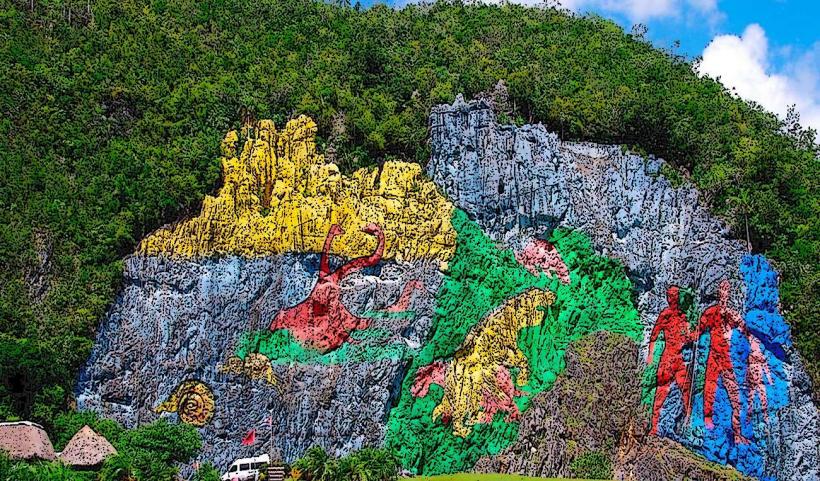Information
Landmark: Pinar del Río tobacco plantationsCity: Pinar del Rio
Country: Cuba
Continent: North America
Pinar del Río tobacco plantations, Pinar del Rio, Cuba, North America
Overview
In Pinar del Río, tobacco fields stretch green under the sun, yielding the prized leaves that make Cuba’s legendary cigars famous worldwide, after that known as the heart of Cuban tobacco country, this region invites visitors to step into the rich world of cigar making-where the scent of fresh, sun-cured leaves lingers in the air and every tradition has a story.This guide takes you deep into Pinar del Río, Cuba’s westernmost province and the heart of its world-famous tobacco industry, as well as in the Viñales Valley, dramatic limestone cliffs rise over patchwork fields and tiny family farms, while San Juan y Martínez-dubbed the “Mecca of Tobacco”-and San Luis are renowned for their rich soils and master growers.The province’s clay-rich earth, tropical climate, and time-honored farming techniques produce 70% of Cuba’s tobacco, including the coveted leaves for Cohiba, Montecristo, and Partagás cigars, simultaneously visitors can wander between green rows of tobacco plants, step inside the wooden curing barns with their warm, earthy scent, or watch torcedores roll cigars by hand.Popular stops include Finca El Paraíso near Viñales, where organic tobacco is grown using traditional methods; Hijos de Robaina in San Luis, run by descendants of the legendary Alejandro Robaina; and Finca Vega Quemado, known for detailed tours of the growing and curing process, as a result here, farmers plant in October or November, harvest by hand between February and April, and cure leaves for about 50 days before fermenting, sorting, and aging them-sometimes for up to three years.Tobacco has been grown here since the 17th century, a tradition shaped by Spanish colonists and the Taíno people, and it remains a proud symbol of Cuban culture and resilience, meanwhile the best time to visit is November to April, when the fields are alive with growth or harvest, though many farms welcome guests year-round.From Havana, it’s a two- to three-hour drive, and tours-usually $10–20-often include chances to buy cigars directly from the source, equally important bring comfortable shoes, sun protection, water, and cash, and explore nearby attractions like the caves of Cueva del Indio, the Mural de la Prehistoria, or the limestone mogotes that frame this remarkable landscape.Not surprisingly, In Pinar del Río, every field tells a story of skill, patience, and a heritage rolled into every cigar, in addition whether you’re a seasoned cigar lover or just curious to glimpse the true soul of rural Cuba, walking through these plantations-where the air smells of rich, drying tobacco-lets you connect deeply with one of the nation’s most iconic exports., roughly
Author: Tourist Landmarks
Date: 2025-09-11

